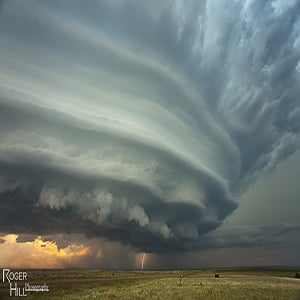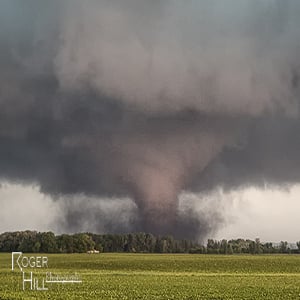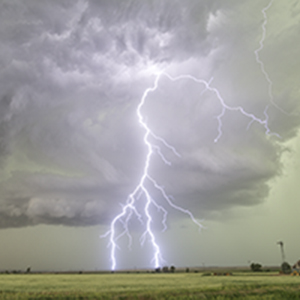
Learn & Explore Series Episode 26
"Becoming a Safe, Storm-Chasing Photographer"

 Did You Know?
Did You Know?
Lightning can strike 10 to 15 miles from a storm and kills approximately 100 Americans each year, which is more than tornadoes.

 Did You Know?
Did You Know?
Most hail is the size of a pea, but some can be the size of a baseball, or even grapefruit. Large hailstones fall at a speed exceeding 100 mph.

 Did You Know?
Did You Know?
Staying in your car when caught in a tornado is safer than leaving your car and lying in a ditch. Keep your seatbelt attached and the engine running and lay across the seats or on the floor, so your body is below the window line.
Questions covered in the above interview:
- How much meteorological knowledge is needed to photograph severe weather?
- Do I need any meteorological equipment to help find and chase storms?
- Where are the best locations for severe weather photography?
- How much time should I plan for a severe weather photo shoot?
- Is there a best kind of camera for severe weather photography?
- Which lenses are best for severe weather photography?
- What are the important safety tips to follow or safety gear needed?
- Is it wise to accompany an experienced severe weather photographer to learn the ropes before venturing into a storm alone?
- What do I need to know to photograph lightning?
- What do I need to know to photograph an unusual cloud formation?
- What do I need to know to photograph tornadoes?
- Are there severe weather photography opportunities during the winter?
- Are there specific filters to use to shoot severe weather?
- Should all severe weather photos be shot as RAW files?
- Are there severe weather photography tours and workshops?



